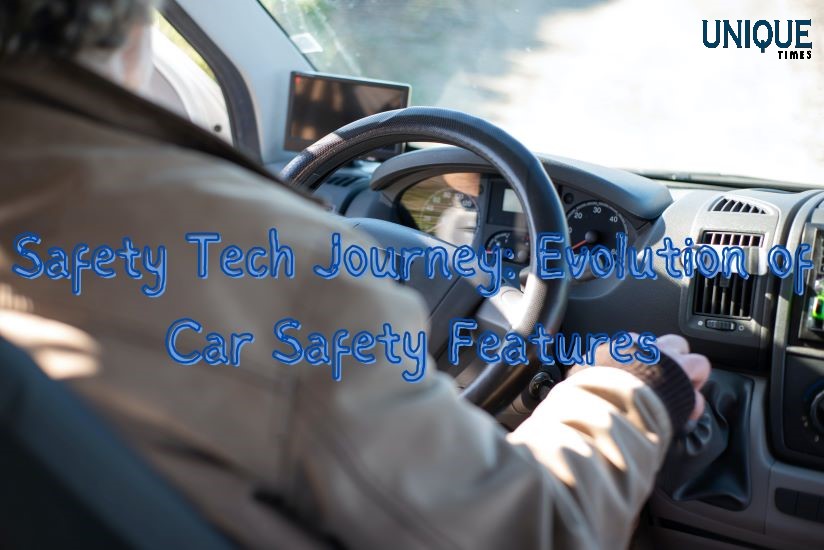The Evolution of Car Safety Features: From Airbags to Collision Avoidance

As technology continues to advance, so does the evolution of car safety features. From the early days of airbags to the sophisticated collision avoidance systems of today, vehicles are now equipped with an array of technologies designed to keep drivers and passengers safe on the road. Let’s take a journey through the timeline of car safety features and explore the innovations that have transformed the automotive industry.
1. Airbags: A Milestone in Passive Safety
Airbags marked a significant milestone in car safety. Introduced in the 1970s, airbags became a standard feature in most vehicles, providing an additional layer of protection during collisions. Over the years, advancements in sensor technology have improved the deployment accuracy of airbags, ensuring optimal protection in various crash scenarios.
2. Anti-lock Braking System (ABS): Enhancing Control
In the 1980s, the Anti-lock Braking System (ABS) was introduced to prevent skidding during emergency braking. ABS allows drivers to maintain steering control while braking, reducing the risk of accidents. This technology has become a standard feature in modern vehicles, contributing to improved overall safety.
3. Electronic Stability Control (ESC): Mitigating Skidding and Sliding
Electronic Stability Control (ESC) emerged in the early 2000s as a system to prevent skidding and sliding. By automatically applying brakes to individual wheels, ESC helps drivers maintain control in challenging driving conditions. This feature is particularly effective in preventing rollovers and sideways skids.
4. Collision Warning and Automatic Emergency Braking (AEB): Proactive Safety
In recent years, collision warning systems paired with Automatic Emergency Braking (AEB) have taken center stage. These systems use sensors, cameras, and radar to detect potential collisions. If a collision is imminent and the driver doesn’t react in time, AEB can automatically apply the brakes, mitigating or avoiding the impact altogether.
5. Lane Departure Warning and Lane-Keeping Assist: Guiding on the Right Path
Lane Departure Warning systems alert drivers when they unintentionally drift out of their lane. Complemented by Lane-Keeping Assist, these features can automatically steer the vehicle back into its lane, promoting safer driving habits and reducing the risk of lane departure-related accidents.
6. Adaptive Cruise Control: Intelligent Speed Management
Adaptive Cruise Control (ACC) goes beyond traditional cruise control by adjusting the vehicle’s speed based on the traffic flow. Using radar or camera systems, ACC maintains a safe following distance and can even bring the vehicle to a complete stop if necessary, enhancing both convenience and safety.
In conclusion, the evolution of car safety features reflects a commitment to making roads safer for everyone. From the introduction of airbags to the sophisticated collision avoidance technologies available today, the automotive industry continues to prioritize innovation in the pursuit of reducing accidents and protecting lives on the road.
Picture Courtesy: Google/images are subject to copyright








